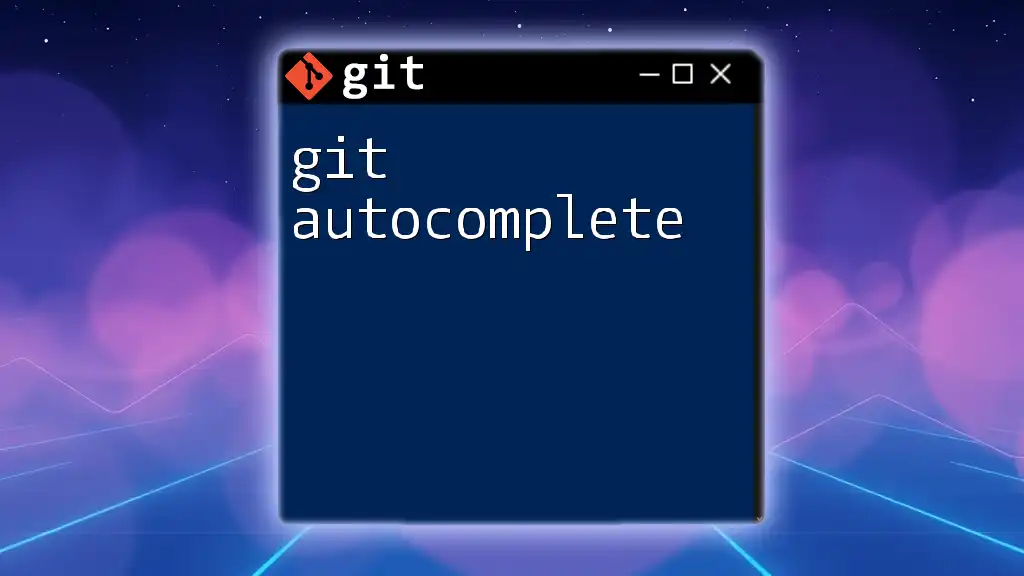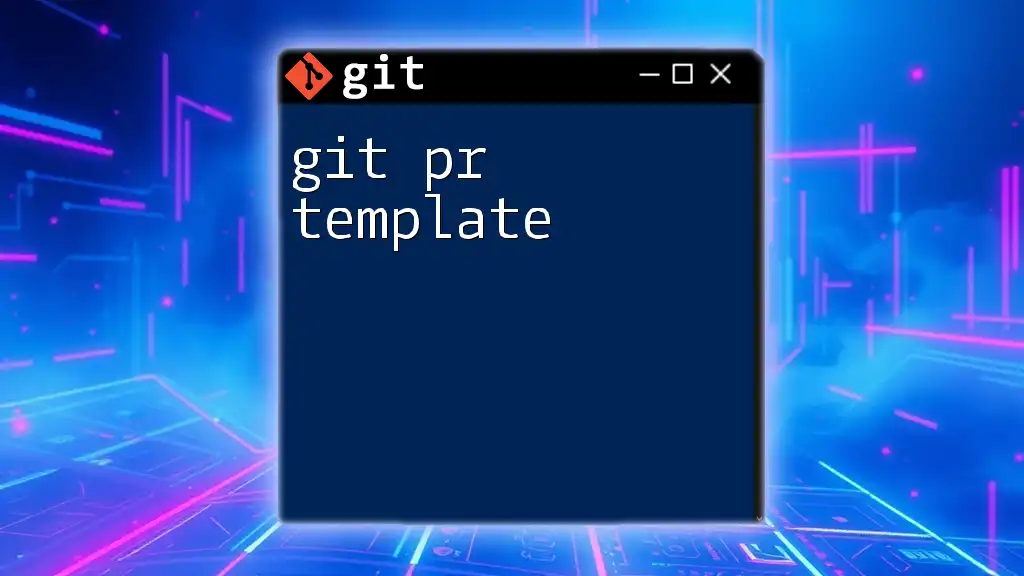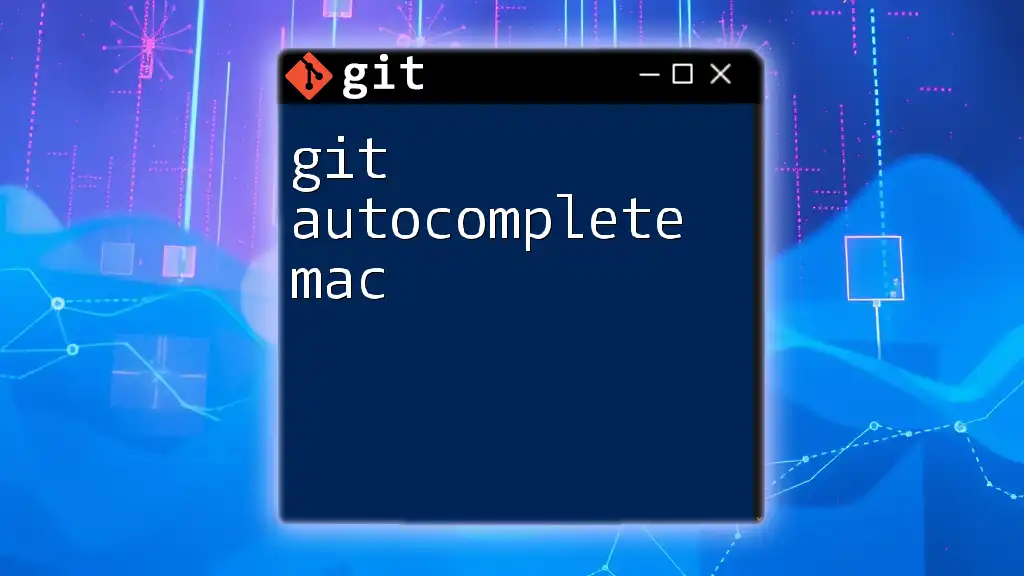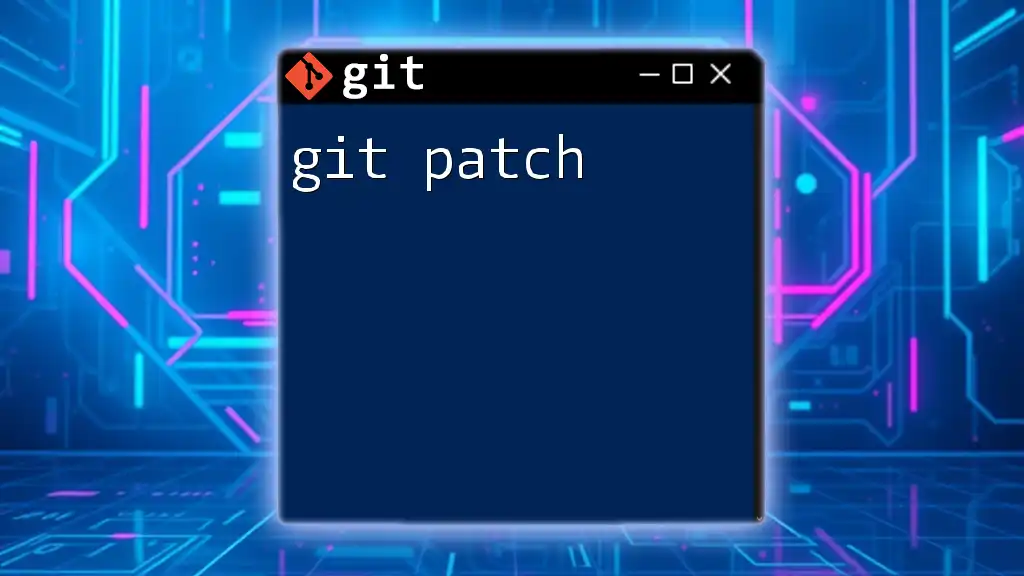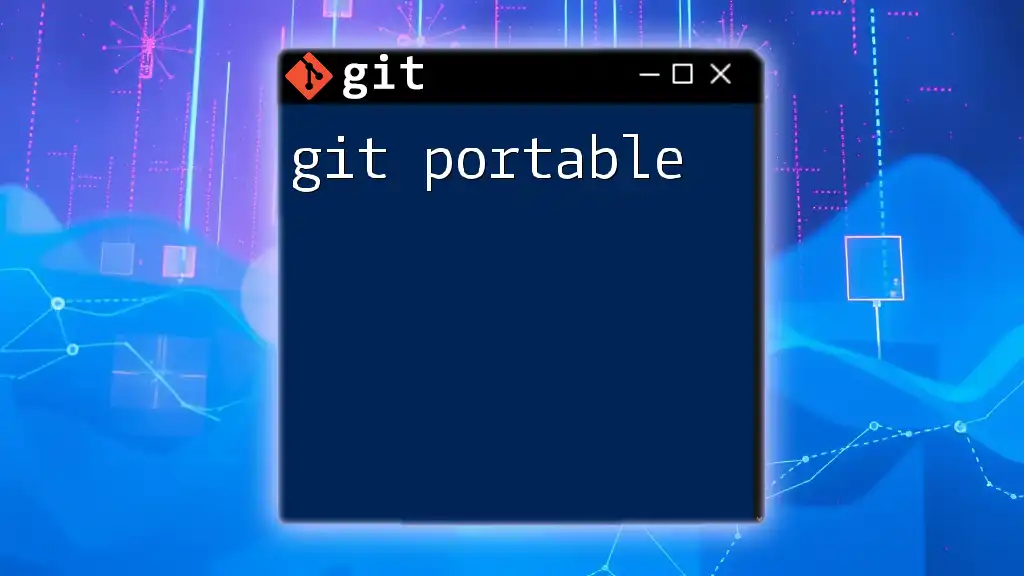Git protocol refers to the methods used to transfer data between a Git client and remote repositories, primarily using protocols like HTTP, SSH, and Git's own native protocol.
Here's a basic example of how to clone a repository using the Git protocol:
git clone git://github.com/username/repository.git
Understanding Git Protocols
What is a Protocol?
A protocol in the context of Git is a set of rules and conventions that define how data is transmitted over the internet between a client and a server. In essence, protocols dictate the communication methods that allow users to interact with Git repositories, whether they are hosting code on their local machines or collaborating in the cloud.
Protocols are vital for ensuring that operations such as cloning, fetching, pushing, and pulling commits are executed correctly and securely. It is essential for developers to understand these protocols to choose the right one for their workflow.
Types of Git Protocols
HTTP/HTTPS Protocol
The HTTP (HyperText Transfer Protocol) and its secure variation, HTTPS, are most commonly used for accessing Git repositories hosted on platforms like GitHub and GitLab.
Advantages include:
- Ease of access: Developers can access repositories via a web browser, making initial setup straightforward.
- Firewall-friendly: Businesses with strict firewalls often allow HTTP/S traffic, which reduces connectivity issues.
To clone a repository using HTTPS, you can execute the following command:
git clone https://github.com/username/repo.git
SSH Protocol
SSH (Secure Shell) is a cryptographic network protocol that provides a secure channel over an unsecured network. It is widely used in administering remote servers and is beneficial for developers when accessing Git repositories.
Benefits of using SSH:
- Security through encryption: SSH encrypts the data transferred, making it less susceptible to interception.
- SSH keys for authentication: Instead of using a username and password each time, developers can configure SSH keys, allowing for a seamless and secure connection.
Here’s how to clone a repository using SSH:
git clone git@github.com:username/repo.git
Git Protocol
The Git protocol is a direct protocol that was developed specifically for Git operations. It operates on the principle of quickly transferring data primarily over local networks.
Unique features and advantages include:
- Performance in local networks: Since the Git protocol was designed for Git itself, it can offer faster performance, especially on internal network setups.
- Simplicity of command: It provides straightforward commands without the need for complex URL formatting.
To clone a repository using the Git protocol, use:
git clone git://github.com/username/repo.git
Choosing the Right Git Protocol
Factors to Consider
When deciding which protocol to use, developers should consider several factors:
- Security concerns: Use SSH for a secure connection, especially when working with sensitive data.
- Network environment: If working behind restrictive firewalls, HTTP/S may be the only viable option.
- User experience and ease of setup: HTTPS offers a simpler setup, while SSH requires key management.
- Use cases for each protocol: If performance is a significant consideration and you are collaborating within a private network, the Git protocol may be ideal.
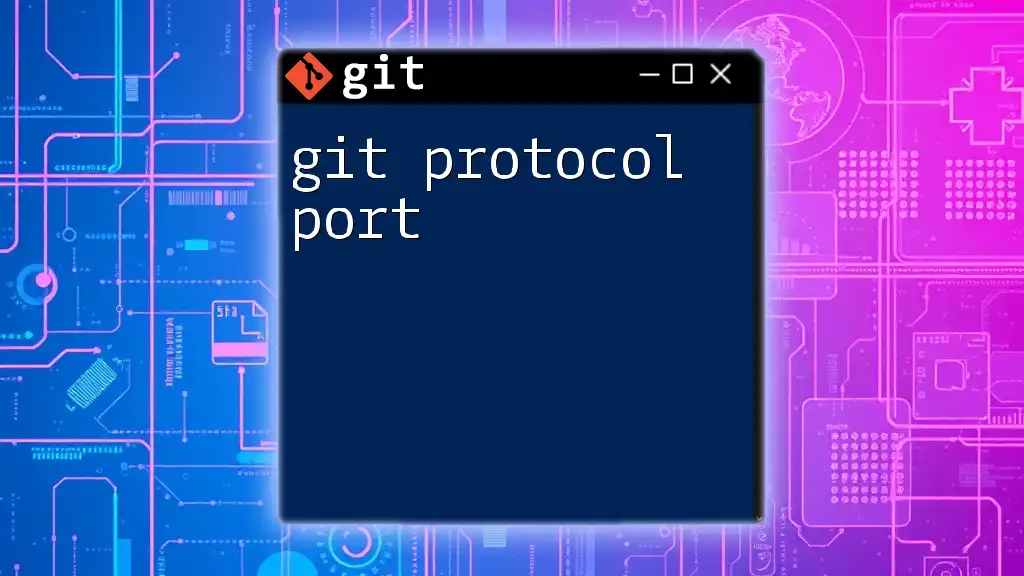
Deep Dive into Git Protocols
How Git Protocols Work
Git protocols function by enabling communication between a Git client and a remote repository. When a developer performs actions such as cloning or pushing changes, the client uses a designated protocol to send requests to the server. The server then responds back with the appropriate data.
Understanding the underlying transport layers that these protocols work on can greatly affect performance, especially when dealing with larger repositories or multiple users.
Authentication Methods
Username and Password
Many platforms allow authentication using a username and password. However, this method has limitations as it can become cumbersome, especially for frequent operations. Furthermore, developers must ensure they manage their credentials securely over time.
SSH Keys
SSH keys provide a robust way to authenticate securely without constantly entering passwords. Here’s how to generate and use SSH keys:
- Generate an SSH key using this command:
ssh-keygen -t rsa -b 4096 -C "your_email@example.com" - Add the newly created SSH key to your SSH agent:
eval "$(ssh-agent -s)" ssh-add ~/.ssh/id_rsa - Copy your public SSH key and add it to the respective Git hosting service (like GitHub's settings).
Configuration Settings
Understanding your Git configuration can also help in managing your remote URLs effectively. To check your current Git remote URL, you can run:
git remote -v
If you wish to change the remote protocol, use the following command:
git remote set-url origin [new-url]
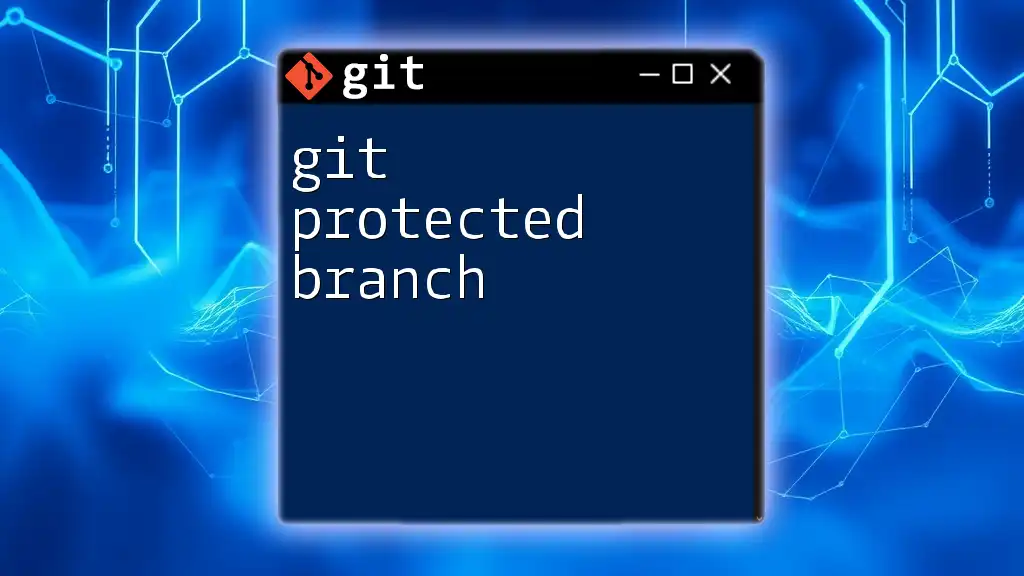
Practical Applications of Git Protocols
Setting Up Your Repository
When initializing a repository or cloning one, the protocol you select can significantly affect your workflow. In most collaborative environments, consider the project's needs: if security is paramount, SSH may be your best bet; if ease of access is vital, HTTP/S might be more suitable.
Troubleshooting Common Issues
- Connection Issues with SSH: If you cannot connect using SSH, ensure your SSH keys are correctly configured, and that the remote URL is using the right format (i.e., `git@` instead of `https://`).
- Authentication Failures with HTTP(S): Double-check your credentials and ensure you are using the correct username and password, especially if token-based authentication is required.

Advanced Topics in Git Protocols
Custom Git Configuration
To accommodate different projects, customizing your Git configurations can be beneficial. This customization can depend on the preferred protocol, remote URL, and even user access settings. Understanding the `.gitconfig` file allows you to manage these preferences seamlessly.
Implications of Protocol Choice on CI/CD
The protocol you choose can have far-reaching implications on your CI/CD workflows. For example, many CI systems support SSH keys for secure access to production and staging environments, while some may only allow HTTP/S. Thus, consider your team's collaboration style and security posture before committing to a protocol.
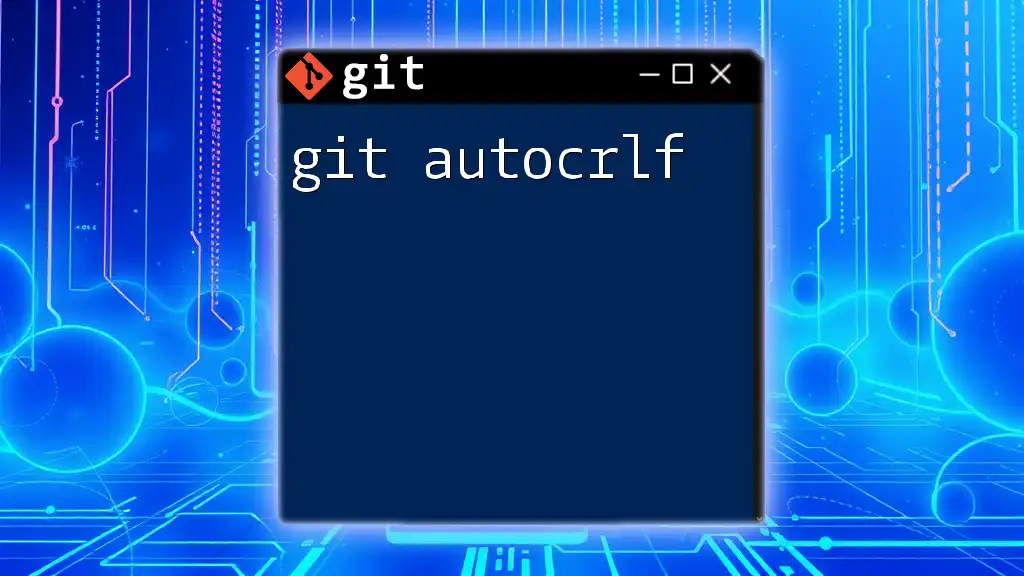
Conclusion
Mastering Git protocols is essential for optimizing collaboration and enhancing workflow efficiency in software development. Each protocol comes with its own advantages and considerations that can significantly impact your daily tasks. By experimenting with different protocols, you can identify the most suitable for your specific needs.

Additional Resources
For further learning, consult the official Git documentation, recommended tutorials, or community resources focused on Git best practices. Engaging with the community can also provide valuable insights and support as you navigate your Git journey.







